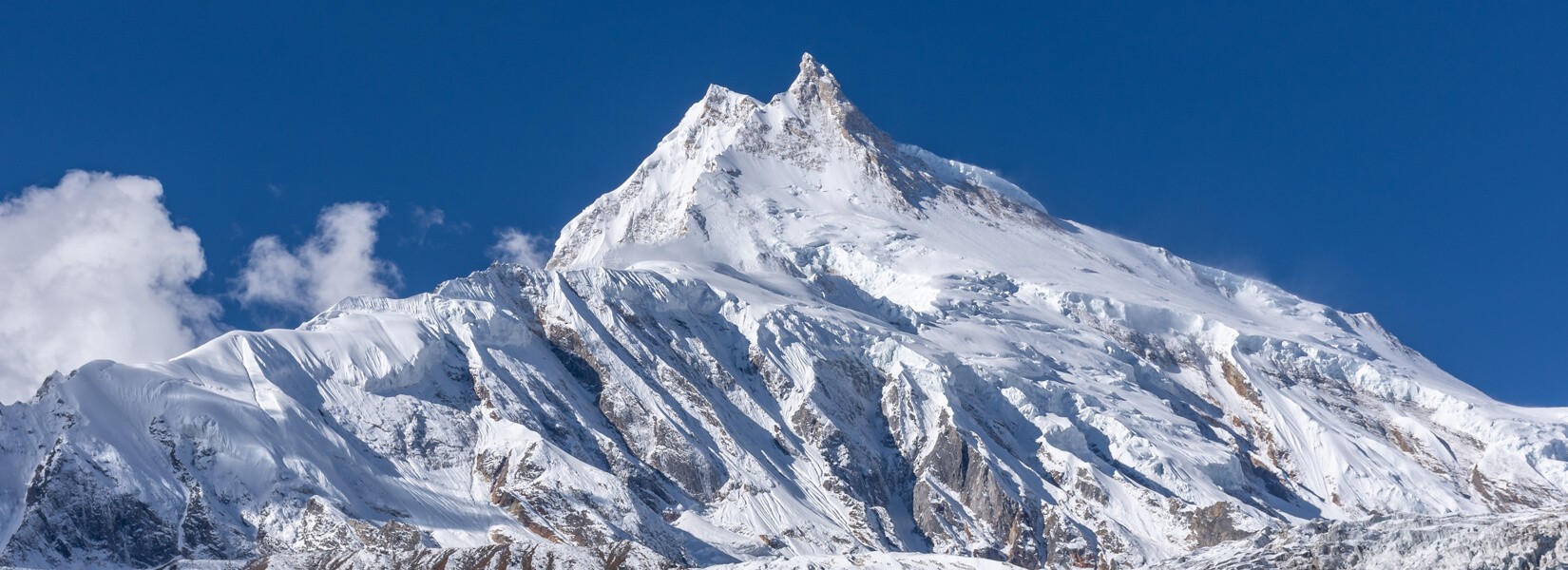About Great Himalayan Trail
The Great Himalaya Trail starts from the Kanchenjunga area at the foothills of Mt. Kanchenjunga, where trekkers begin their journey through some of the world’s best-sighted mountains for about 150 days. This region is famous for its colorful rhododendron blooms, which flourish during spring. Once we cross Kanchenjunga Base Camp, we head west over Lumba Sumba Pass (5,178 m) into the Makalu region. Accommodation near Kanchenjunga consists of tea houses, and the trail passes through villages dominated by Limbu and Rai community members, where sheltered camping is needed towards Ottos in the voyager bound to Lumba Sumba.
For section hikers, you can conclude this portion through Jumble pause, but if you wish to continue on the full trail, rest indenting parallel wards along Nepal’s bordering northern frontier with Tibet, passing through remarkable parts of Makalu Barun National Park and the Makalu Region, where they enjoy magnificent metaphorical views, not excluding Mt. Makalu and Makalu base camp, both of which are deeply set aside alongside Sherpani Col, traversing other towering peaks and extreme residing imaginable spots. Incredible views of lofty snowcapped mountains welcome us as we embark on the famous Khumbu Valley trek, which is dotted with delightfully cozy tea houses and marks the commencement of the Everest region. We pass the Gokyo Lakes, scale Gokyo Ri for enchanting vistas, and then cross Renjo La Pass, where we descend into Rolwaling Valley through Tashi Lapcha Pass. The Khumbu and Rolwaling regions are mostly populated by Gurung and Sherpa communities.
From here, we conquer Tilman Pass and descend to Langtang Valley, which is renowned for its Tamang and Sherpa villages. At this point in the journey, you have already gathered some remarkable ethnic diversity in traditions, languages, costumes, and lifestyles along the trekking route that is bespoke to every single people around the globe.
Our new focus shifts towards the Ganesh Himal and Ruby Valley region, famed for vast meadows combined with lush pastures situated within striking distance of the Annapurna range towards the western side of the mountain. The Gurung and Magar communities are dominant in Ruby Valley.
We enter the Manaslu region, following a large part of the route of the Manaslu circuit. North of Mt. Manaslu (8163 m), we cross the Larke-la pass (5106 m) with spectacular views west of the impressive Annapurna mountain range, Mt. Manaslu, and the high mountains in the east. We soon come to the point where the Manaslu circuit trail meets the Annapurna circuit trail, which we will then follow to Manang and then across the Thorong-la pass at 5416 m. From here, we descend into Mustang, with fantastic views across Upper Mustang that appear in all shades of a relatively barren but still amazingly colorful landscape.
We stop at Muktinath, a famous pilgrimage destination, on the way and continue further west towards the Upper Dolpo trekking area. The Upper Dolpo area is one of Nepal’s remotest places, with unspoiled natural and cultural beauty. Here we walk sometimes for days without passing any settlements, but we probably meet caravans of yaks or goats on the way that move across the pastures for grazing or that transport goods across the challenging trails.
The trail goes through isolated landscapes to the crystal-clear waters of Rara Lake at 3000 m, surrounded by forested hills with snowcapped peaks on the horizon. From Rara, we trek deeper into the less-visited regions to Simikot, where life is traditional and simple. This is one of the least developed areas of Nepal, and you get to see the daily struggles and resilience of the local people.
Beyond Simikot, known as the gateway to the Mt. Kailash pilgrimage, we trek into the remote Limi Valley, which is home to rich biodiversity and centuries-old Buddhist monasteries. The trek ends at Hilsa, right on the Nepal-Tibet border. From here, we return to Kathmandu via Simikot.
The magnitude of the vistas, cultural diversity, and range of lifestyles you will encounter along this remarkable high path are difficult to describe. However, this offers you a sense of what the Great Himalaya Trail will be like. Please contact Himalayan Ecological Trekking if you would like to take on this amazing adventure. We will help you get ready for this excursion and guide you through the various route alternatives.
